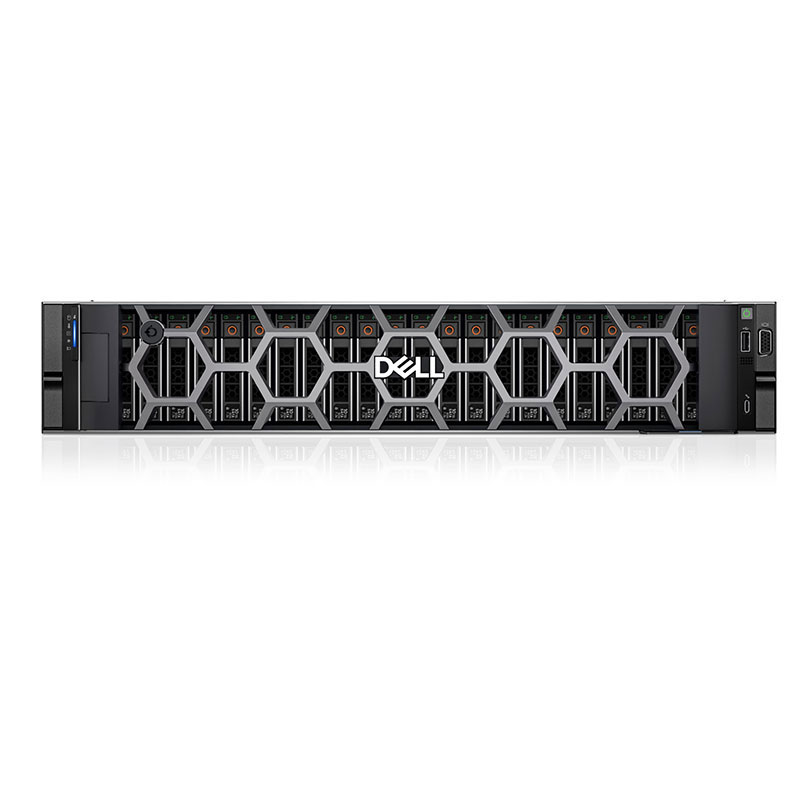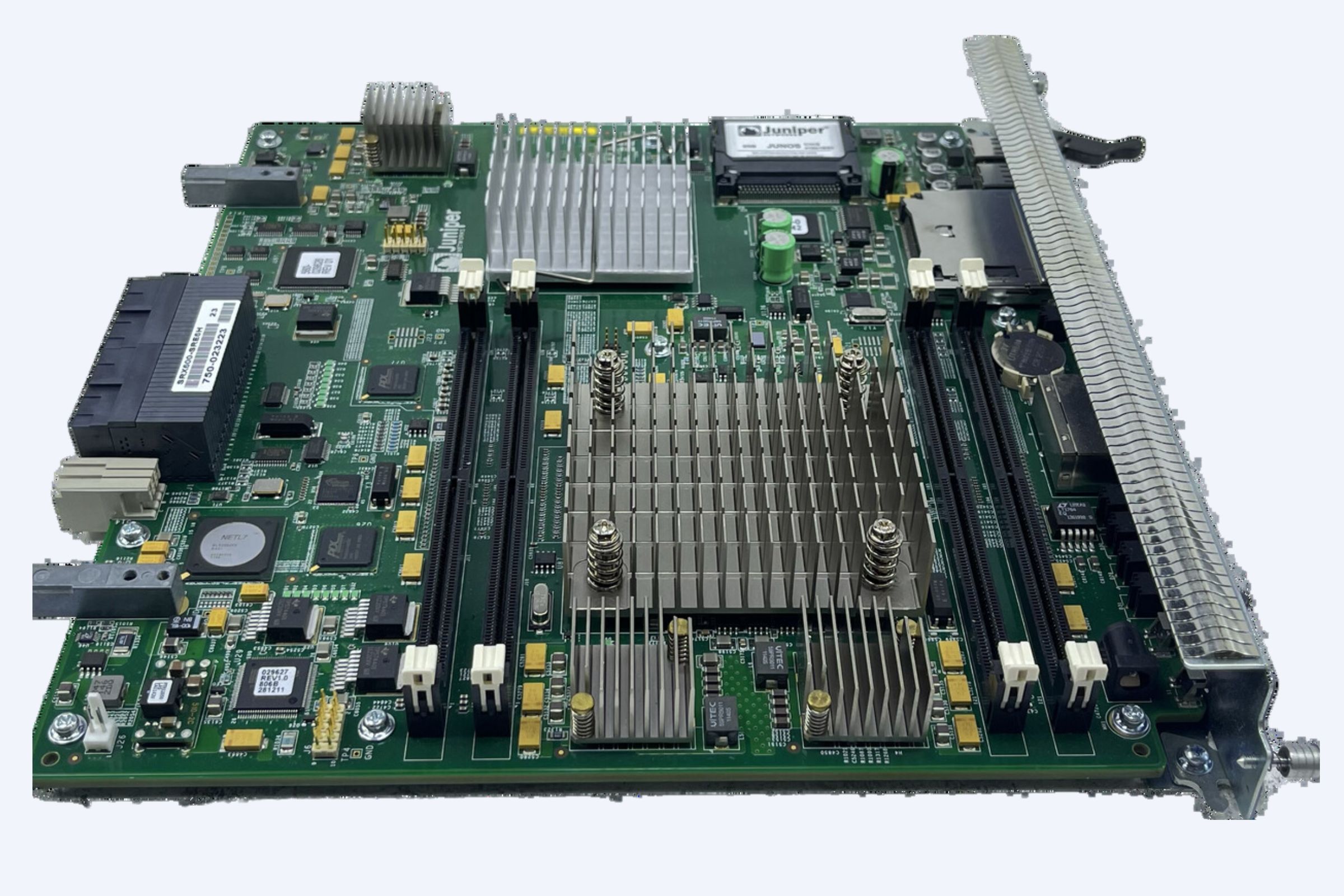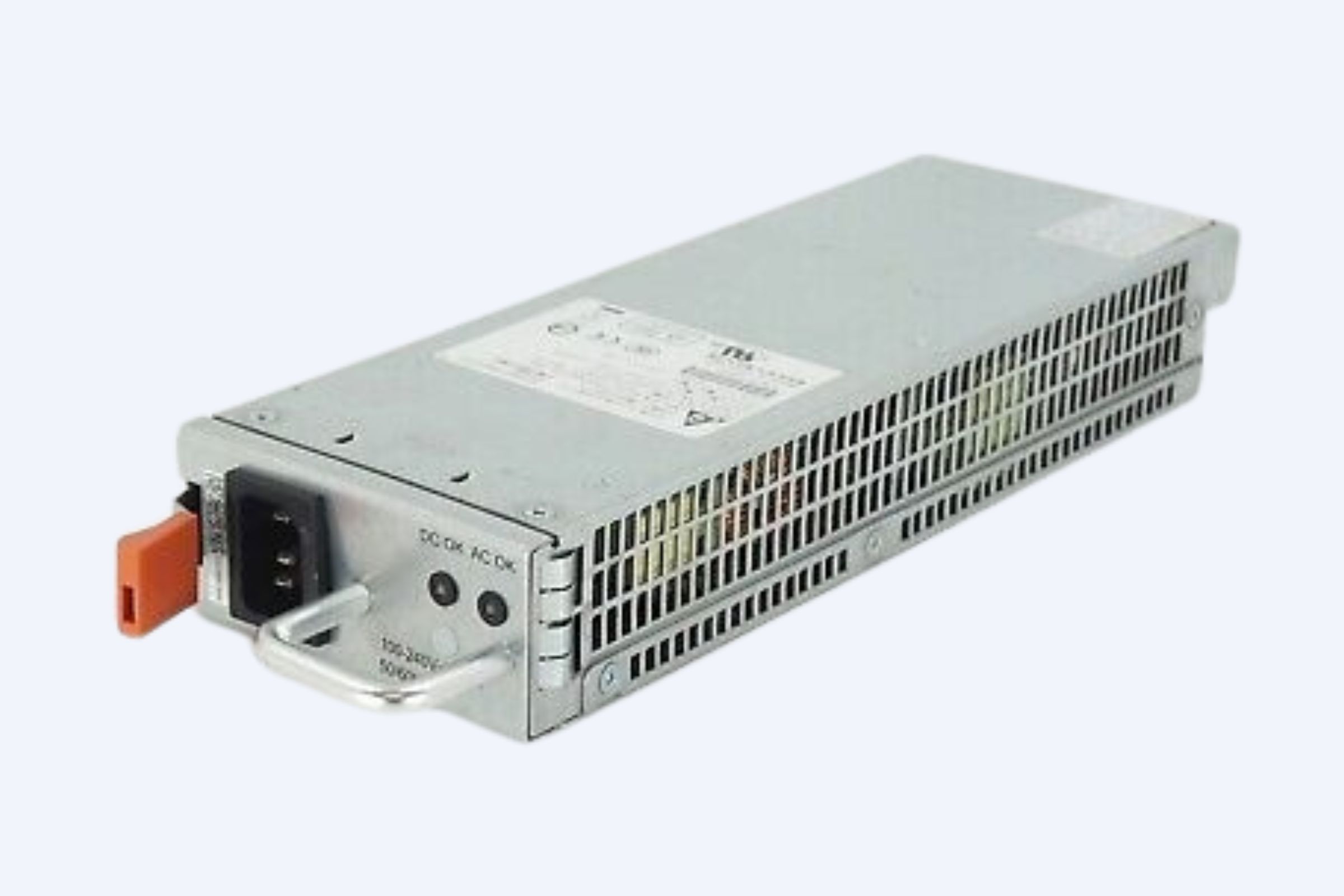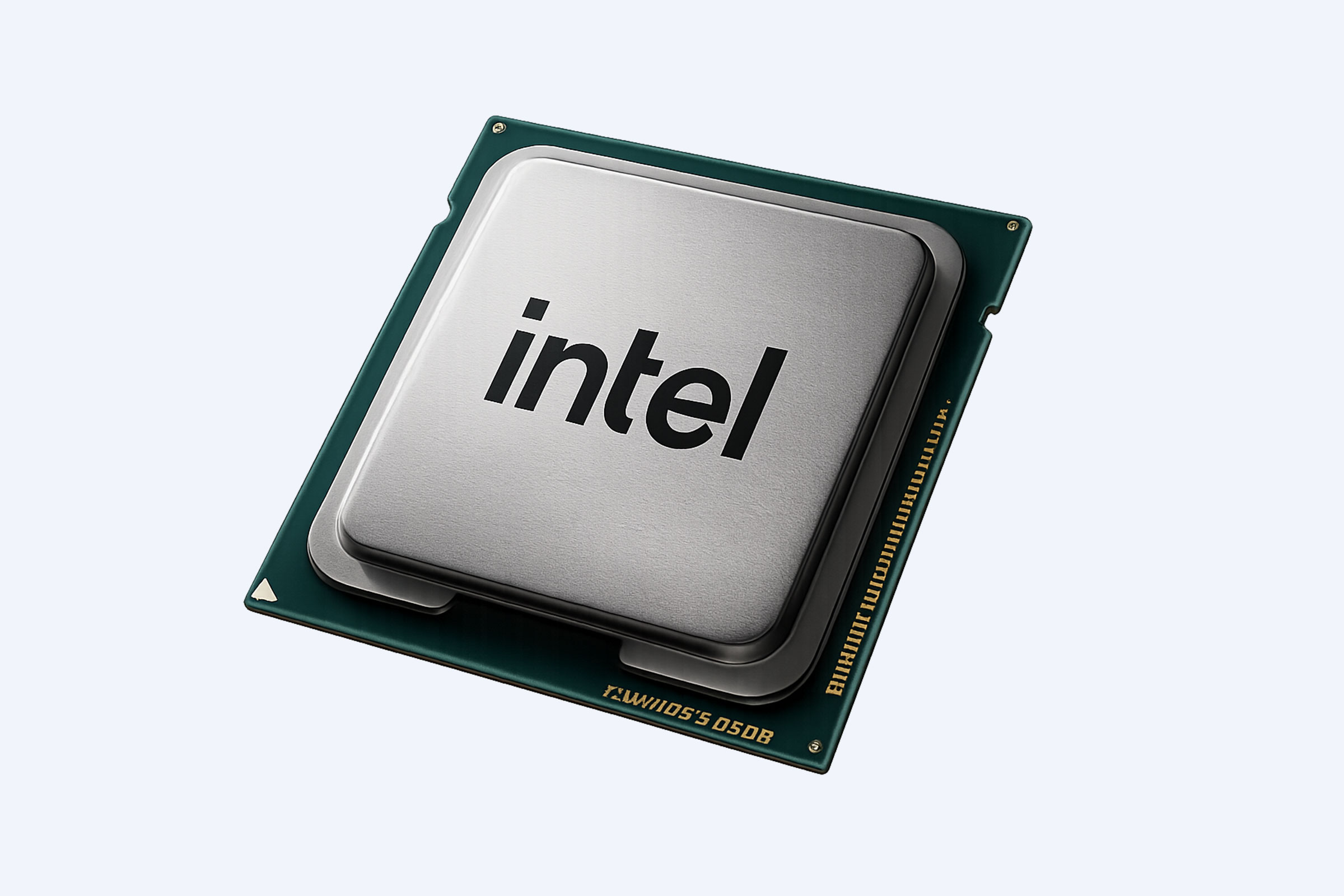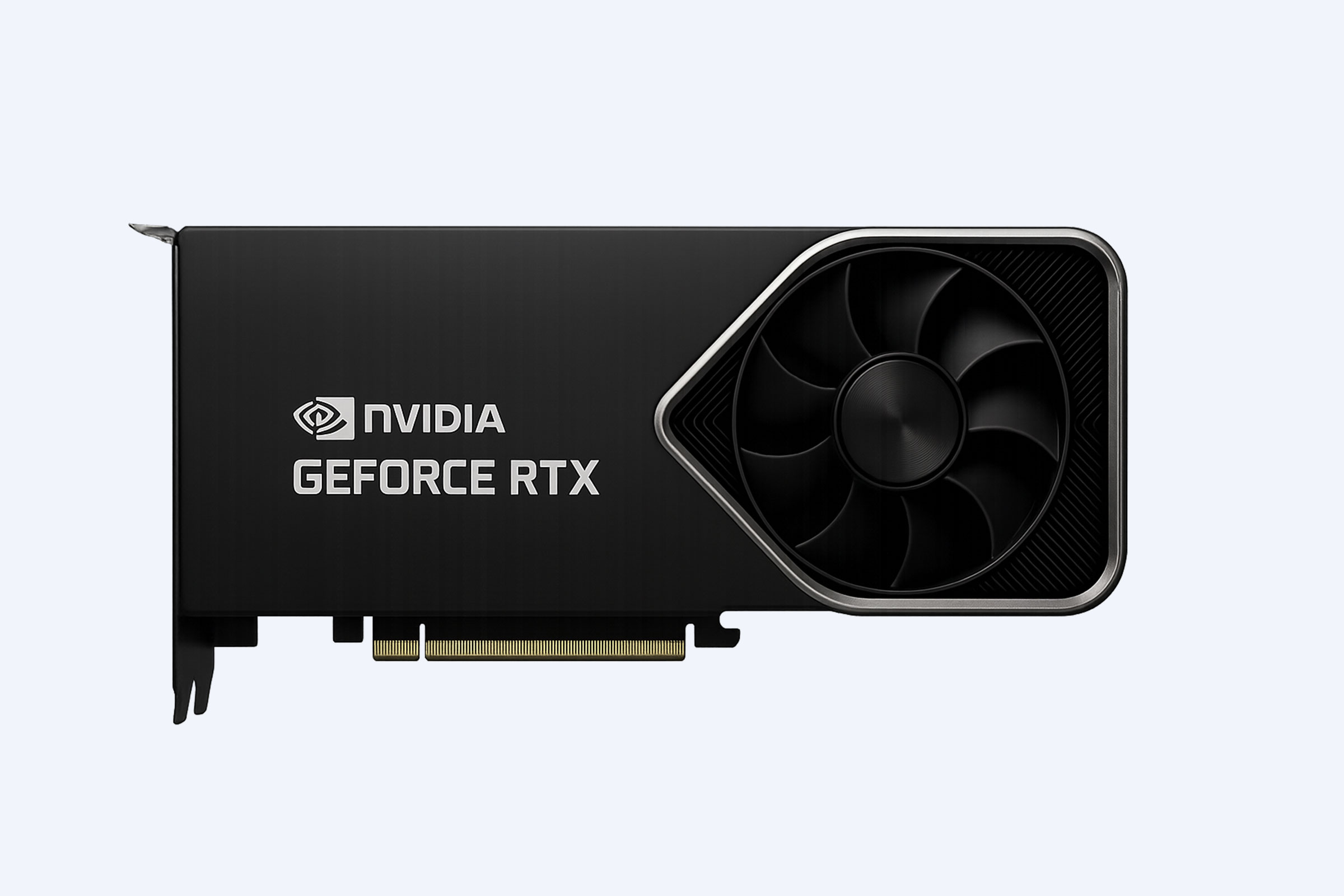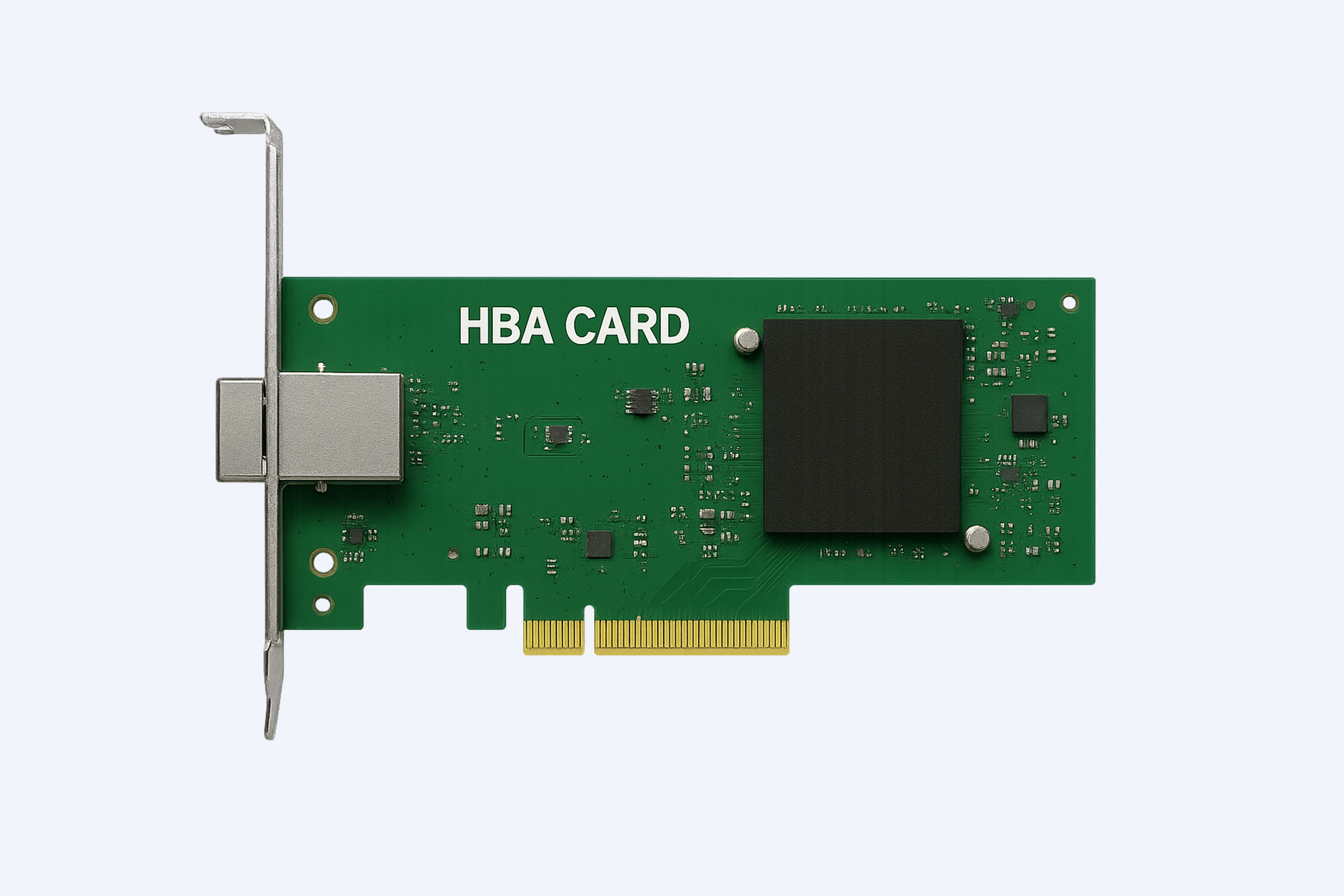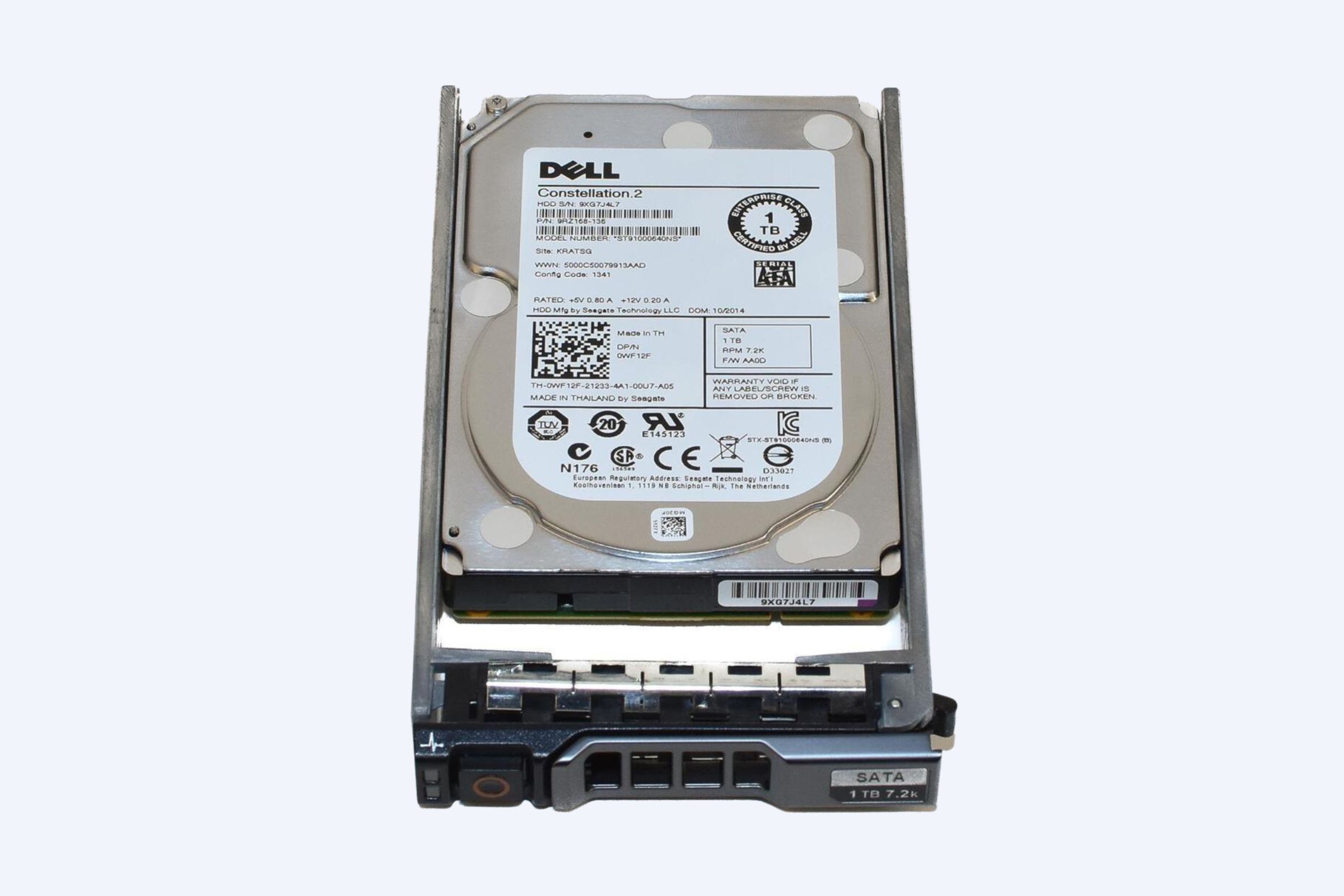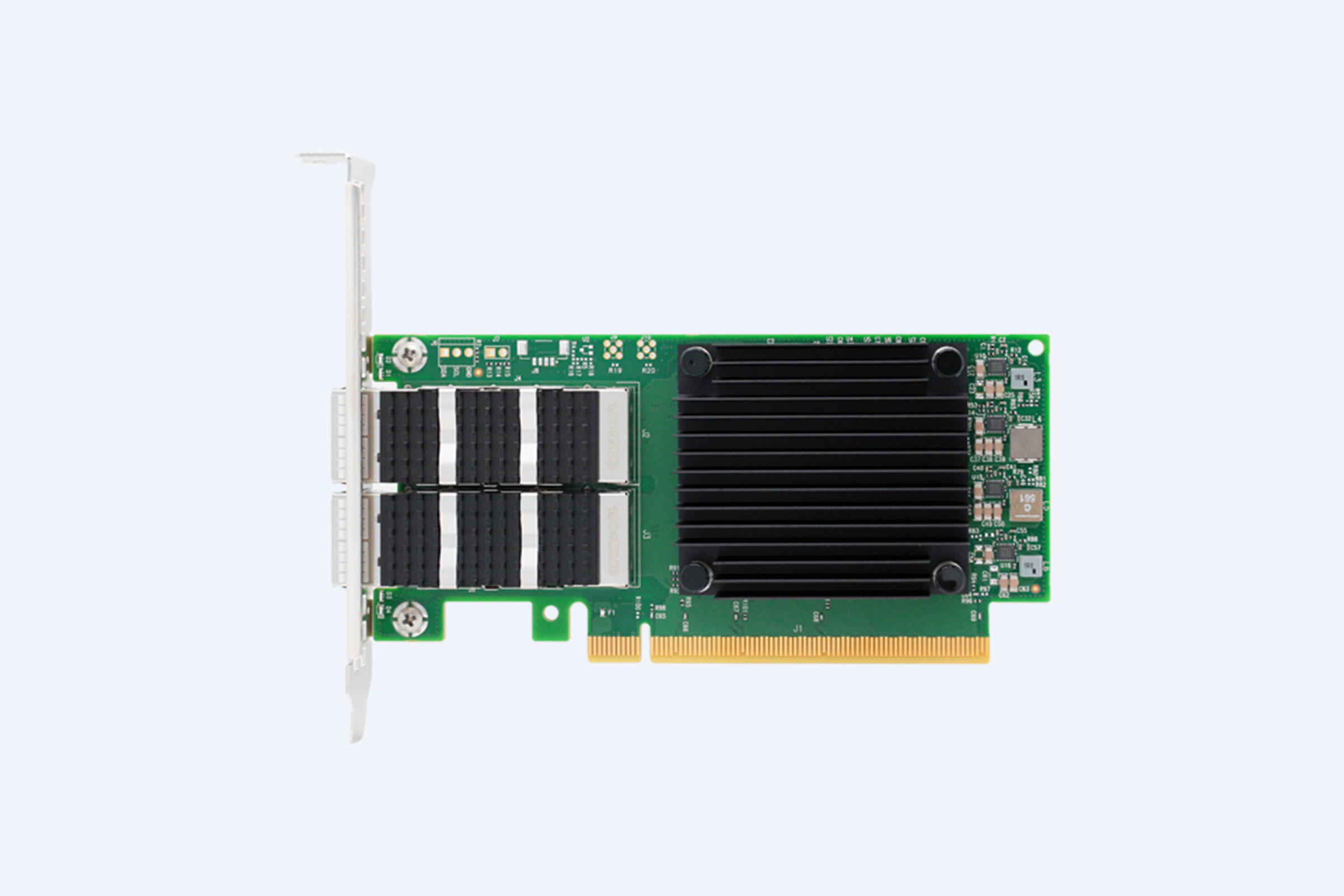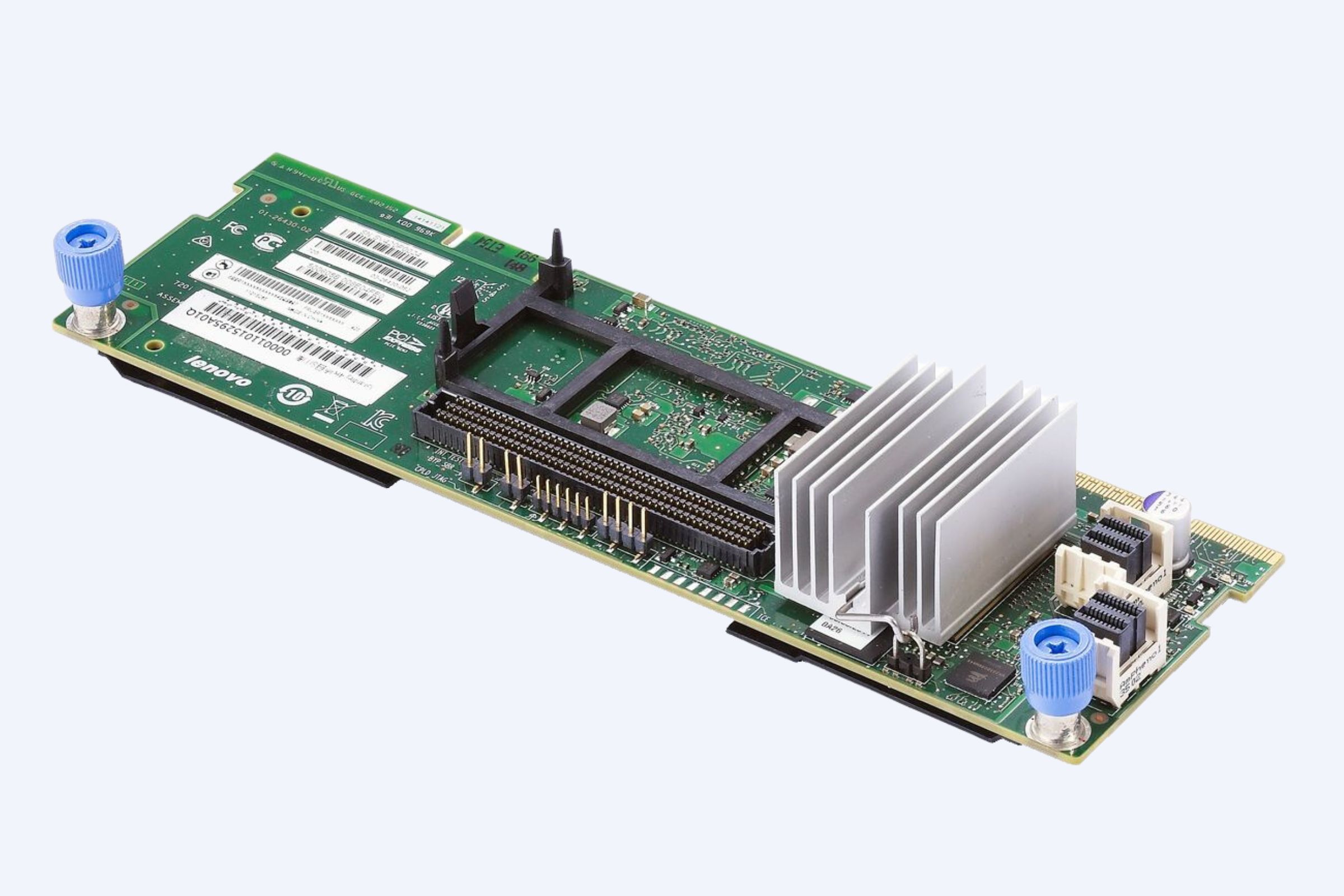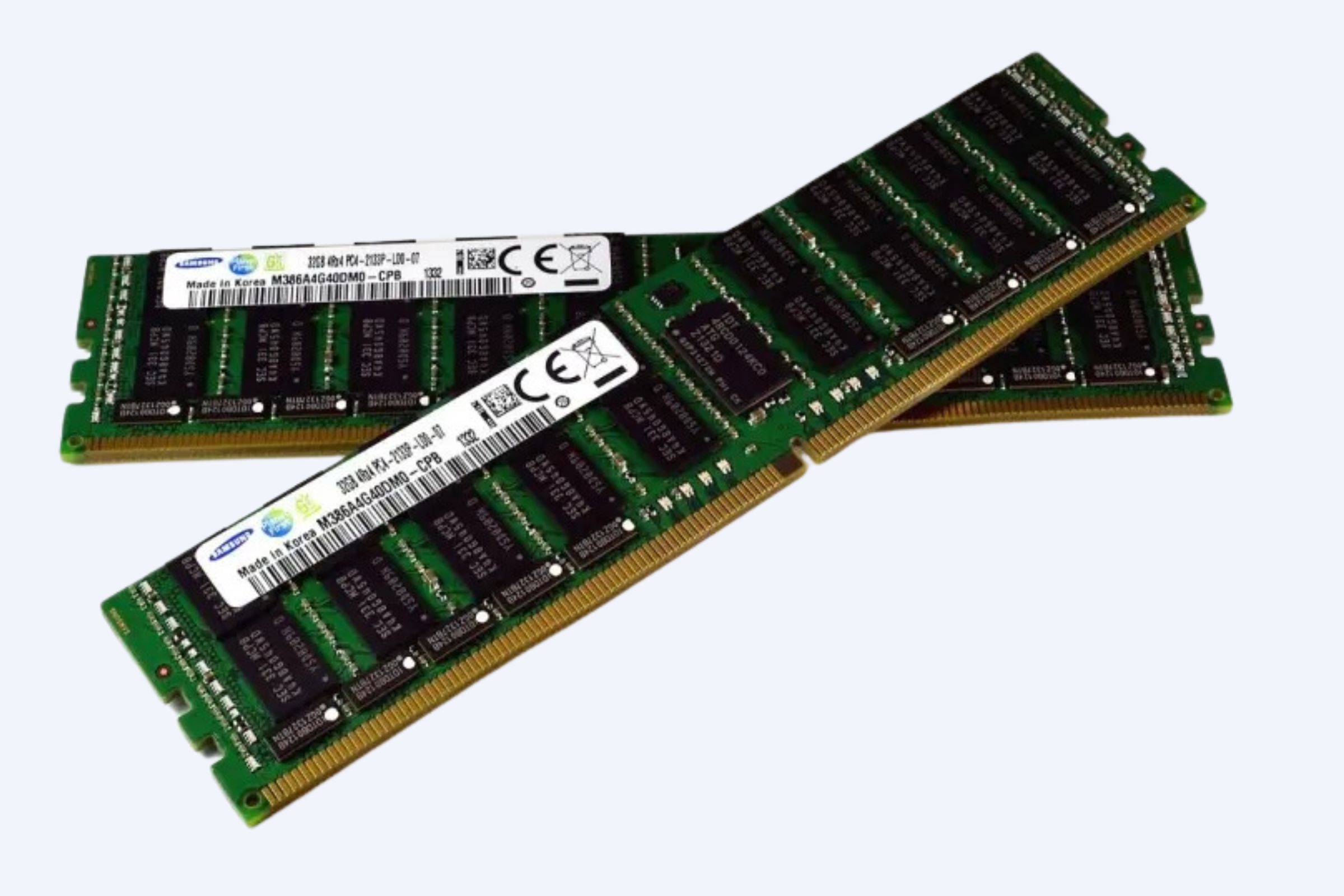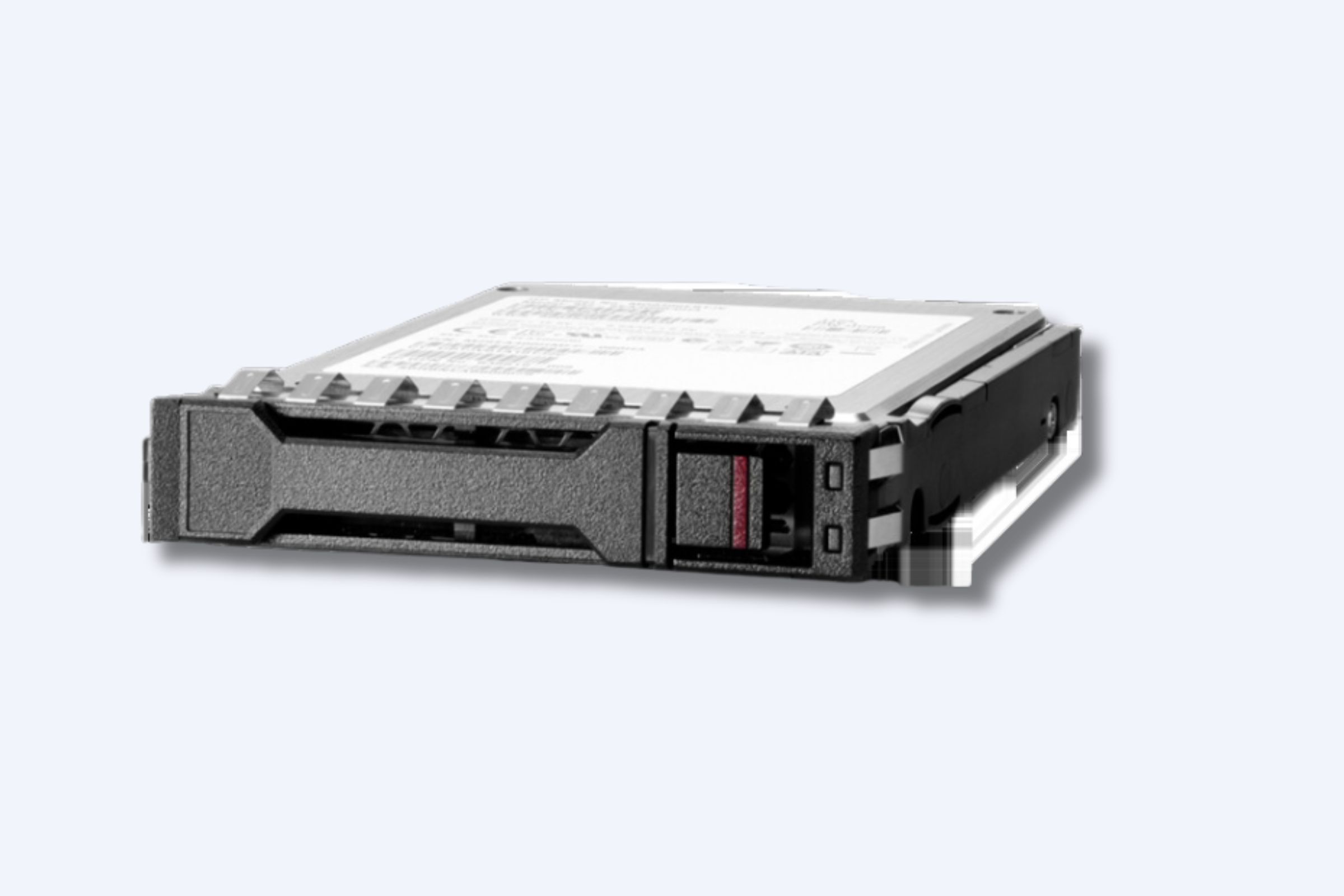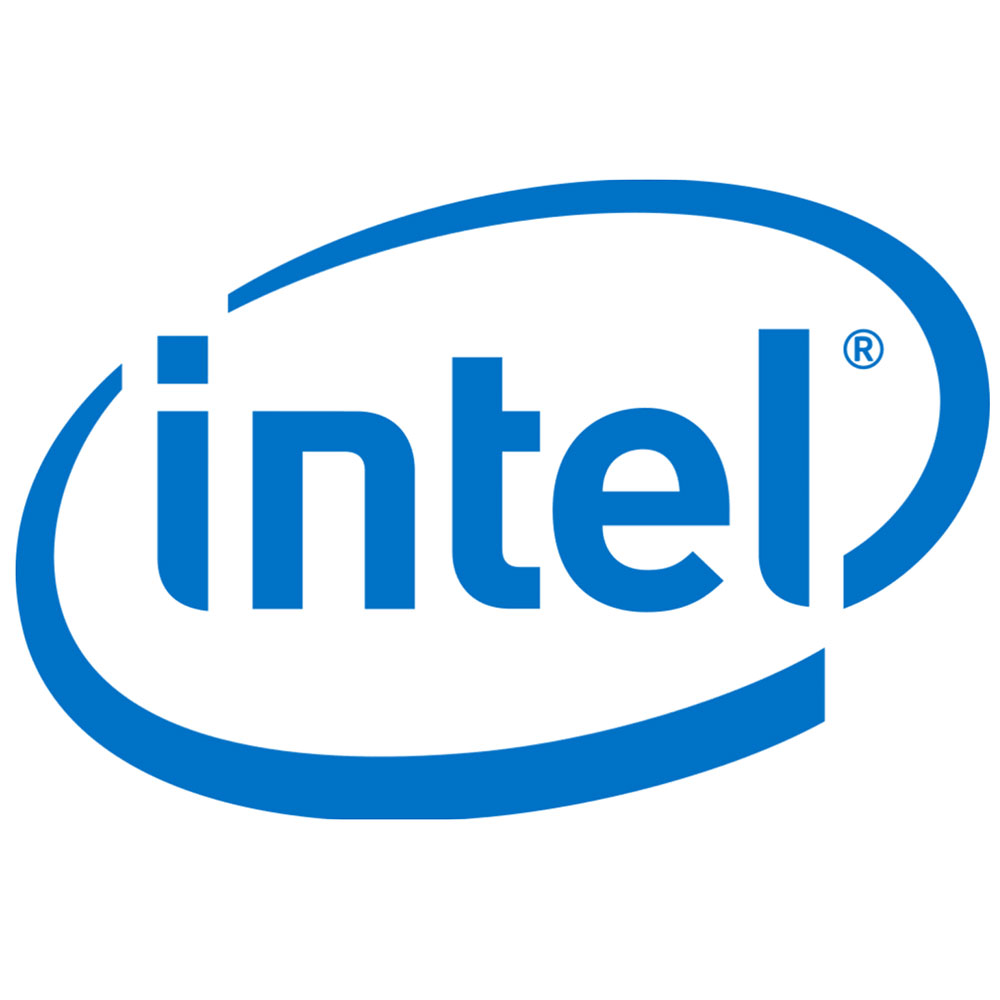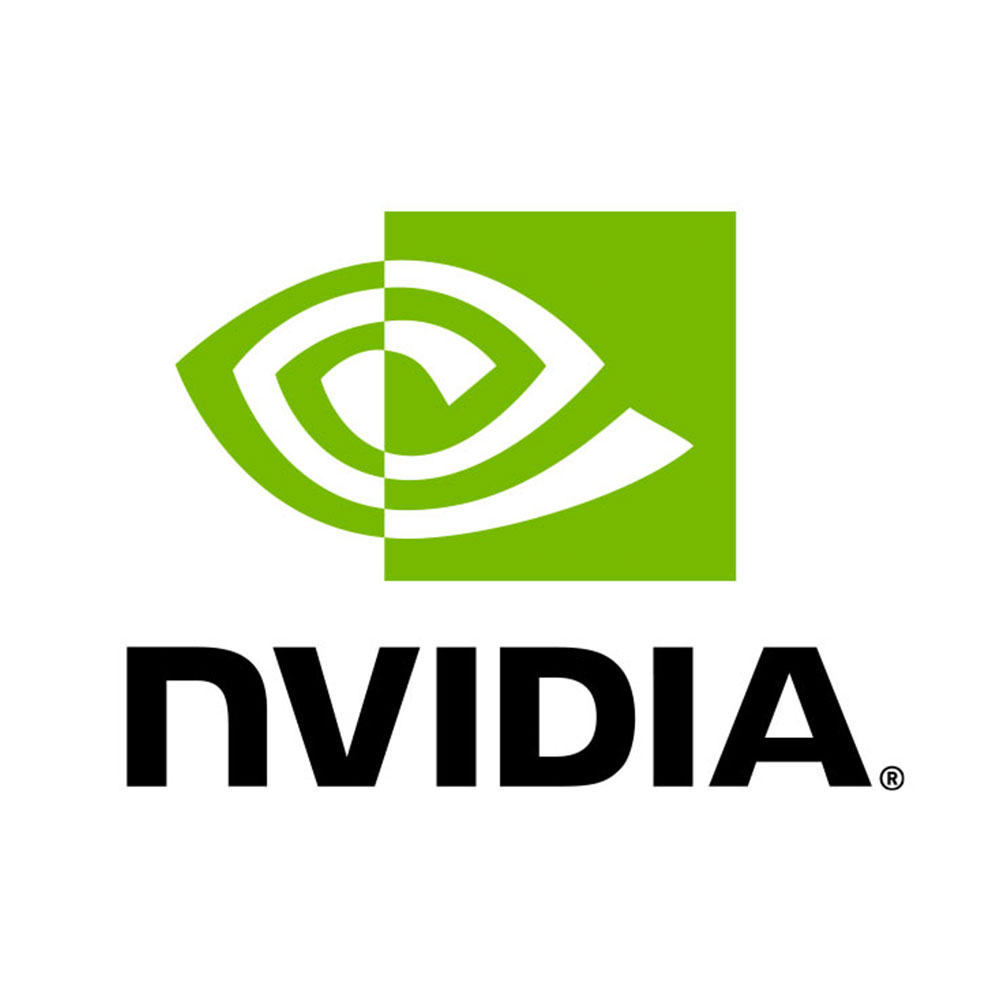The NVIDIA GTX 10 Series, powered by the Pascal architecture, revolutionized graphics processing in 2016 with remarkable performance, energy efficiency, and advanced memory technology. This architecture set new standards for gaming, VR, and professional workloads, making the GTX 10 Series a popular choice among manufacturers, suppliers, and B2B enterprises globally.
What is the NVIDIA Pascal architecture used in the GTX 10 Series?
The Pascal architecture is NVIDIA’s 2016 GPU microarchitecture, built on a 16nm or 14nm FinFET manufacturing process, powering the GTX 10 Series GPUs like the GTX 1050 to GTX 1080 Ti. It brought significant enhancements including improved CUDA cores, higher clock speeds, and GDDR5X memory support, enabling superior gaming and compute performance with better energy efficiency.
Pascal was the foundation for next-gen graphics technologies and introduced features vital for VR and AI applications, making it a preferred choice for both consumers and enterprise IT suppliers in China and worldwide.
How did the Pascal architecture improve performance and efficiency?
Pascal implemented a dynamic load balancing scheduling system ensuring GPU workload optimization, doubled register counts per CUDA core from previous generations, and introduced higher bandwidth memory such as GDDR5X and HBM2 on select models. These improvements delivered increased processing power with reduced power consumption, enabling longer lifespans and lower operational costs in manufacturing and supply chains.
The architecture’s compute capability enhancements made Pascal-based GTX 10 Series GPUs highly efficient for gaming, virtual reality, and creative workloads, perfectly suiting OEMs and factories focused on volume production and reliability.
Which models belong to the GTX 10 Series based on Pascal?
Models include GTX 1050, GTX 1050 Ti, GTX 1060, GTX 1070, GTX 1070 Ti, GTX 1080, and GTX 1080 Ti. These GPUs vary in CUDA core counts, memory size, and clock speeds to cater to different performance needs and price points.
Factories and wholesale suppliers often offer these models to bulk buyers, OEM customers, and international markets, with Wecent supplying certified original GPUs and ensuring compliance with international standards for durability and performance.
| Model | CUDA Cores | Memory Type | Core Clock (MHz) | Memory Size |
|---|---|---|---|---|
| GTX 1050 | 640 | GDDR5 | ~1354 | 2 GB / 4 GB |
| GTX 1060 | 1280 | GDDR5 | ~1506 | 3 GB / 6 GB |
| GTX 1070 Ti | 2432 | GDDR5 | ~1607 | 8 GB |
| GTX 1080 | 2560 | GDDR5X | ~1607 | 8 GB |
| GTX 1080 Ti | 3584 | GDDR5X | ~1582 | 11 GB |
Why is the Pascal architecture significant for manufacturers in China?
Pascal’s combination of performance, power efficiency, and advanced memory support made it a game-changer in GPU manufacturing. Chinese factories focusing on B2B production benefit from Pascal’s robust design to meet global market needs—from wholesale suppliers to OEM contracts.
Companies like Wecent leverage Pascal’s features to provide reliable, high-performance GPUs that pass strict certification requirements and support multiple industries, including gaming, AI, and professional graphics.
How does Pascal architecture support modern applications like VR and AI?
Pascal introduced hardware-accelerated features for virtual reality and AI workloads, with improved rendering efficiency and CUDA core enhancements that accelerate deep learning computations. It supports high-resolution gaming and smooth VR performance due to superior memory bandwidth and dynamic load scheduling.
This makes Pascal GPUs ideal for factories supplying equipment for VR entertainment, AI research, and professional-grade creative tools, enabling Wecent and other suppliers to cater to these growing technology sectors.
What role does Wecent play in the GTX 10 Series GPU supply chain?
Wecent acts as a trusted factory and wholesale supplier based in Shenzhen, specializing in offering authentic Pascal-based GTX 10 Series GPUs among other enterprise IT solutions. With strong partnerships with global brands, Wecent ensures delivery of reliable, certified GPUs to OEMs and international clients, maintaining competitive prices and expert after-sales support.
By focusing on original, fully certified products, Wecent supports manufacturers requiring durable, secure, and high-performance GPUs tailored for various global markets.
How does Pascal architecture enhance manufacturing cost-efficiency and longevity?
Pascal GPUs consume less power while delivering higher performance than predecessors, reducing energy costs in factories and data centers. Its enhanced thermal design and robust architecture increase hardware durability, minimizing failure rates and maintenance needs for OEMs and wholesale buyers in China.
This translates to lower total cost of ownership and better long-term ROI for enterprises sourcing GTX 10 Series GPUs through suppliers like Wecent.
Are Pascal GTX 10 Series GPUs still relevant in 2025 for enterprises?
Despite newer architectures like Turing and Ada Lovelace, the GTX 10 Series remains relevant for budget-conscious enterprises and factories focused on standardized, reliable hardware. Pascal GPUs still offer strong performance for mainstream gaming, professional visualization, and AI workloads at competitive prices.
Wecent continues to supply these GPUs to global markets, especially where cost efficiency and proven stability take precedence over the latest cutting-edge features.
Wecent Expert Views
“As a leading supplier centered in Shenzhen, Wecent understands the vital role Pascal-based GTX 10 Series GPUs have played in shaping modern graphics and compute technology. These GPUs strike a fine balance between performance and efficiency, making them an excellent choice for OEMs and enterprises requiring durable, cost-effective hardware. Our commitment is to deliver authentic, certified products that empower our clients’ growth globally, maintaining competitiveness in an evolving IT landscape.” — Wecent Technology Specialist
Conclusion
The NVIDIA GTX 10 Series Pascal architecture revolutionized GPU design by delivering exceptional performance, energy efficiency, and advanced features ideal for gaming, VR, AI, and professional applications. For B2B manufacturers, wholesale suppliers, and OEMs—especially in China—Pascal GPUs represent a reliable, cost-effective hardware foundation.
Wecent’s expertise in supplying certified Pascal-based GPUs, coupled with competitive pricing and global logistics, positions it as a top choice for enterprises seeking long-term success with proven technology.
FAQs
Q1: What manufacturing process does Pascal use?
A1: Pascal GPUs use TSMC’s 16 nm FinFET or Samsung’s 14 nm FinFET process for efficient power and performance.
Q2: Can GTX 10 Series GPUs handle VR applications?
A2: Yes, Pascal architecture supports VR with improved rendering and low latency.
Q3: Is Wecent an OEM supplier for GTX 10 Series GPUs?
A3: Yes, Wecent supplies original Pascal-based GPUs to OEMs and wholesale clients globally.
Q4: How does Pascal compare to Turing architecture?
A4: Pascal excels in power efficiency and price-performance but lacks RT cores for ray tracing found in Turing.
Q5: Are Pascal GPUs still good for AI workloads?
A5: Pascal supports AI tasks well, especially with CUDA core enhancements, though newer architectures provide further advances.



